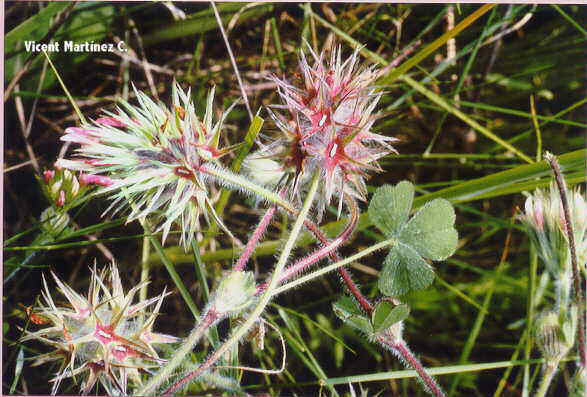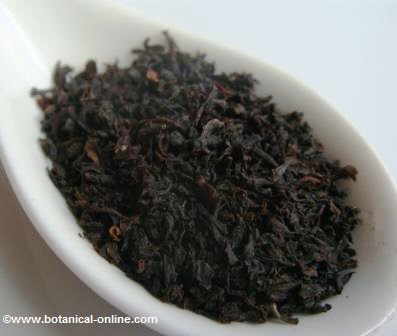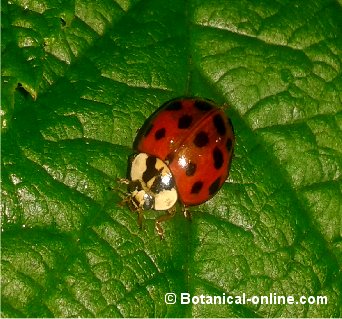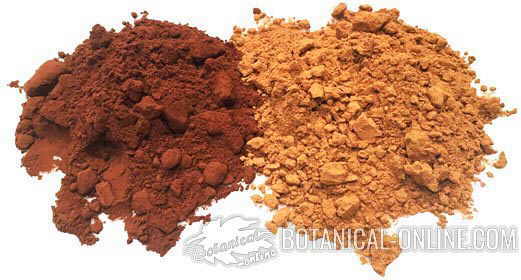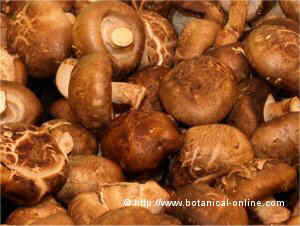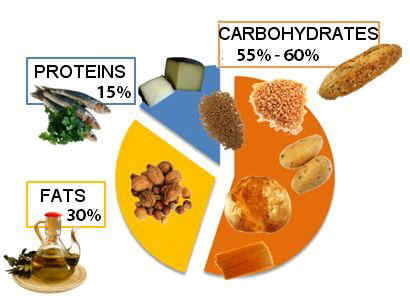Contents
Characteristics of safflower (Carthamus tinctorius)
Common English name: Safflower, bastard saffron
* See: Safflower in other languages
– Scientific name: Carthamus tinctorius L.
– Etymology: «Carthamus» derives from the Greek kathaíp-o, which means «purge», in reference to the purgative properties of this plant.
Taxonomic synonyms: Carduus tinctorius, Carthamus glaber, Centaurea cartamo.
– Family: Compositae or asteraceae
– Origin: Plant native to the Mediterranean region. It was known by the Egyptians, when its main use was as dyer (to dye clothes).
Habitat. Where to find safflowers?
It is a rustic, annual crop that adapts to sub-humid climates and semi-arid regions. It grows in full sun, and requires moist soils. It is sown in late winter or spring. Drought resistant
It is grown in subtropical areas, mainly to extract safflower oil from its seeds. It is cultivated in Mexico, India, USA, Ethiopia, Australia, Argentina, Spain and Turkey.
Botanical description of safflower
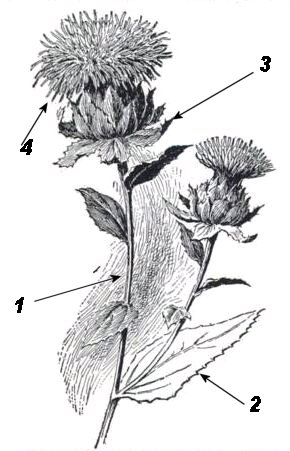
Safflower or wild saffron (Carthamus tinctorius) is an annual plant native to the Mediterranean region.
This plant measures between 40 and 100cm. (up to 1.5m.) tall. It consists of rigid and branched stems, which end in various secondary branches.
The stems are cylindrical, grayish green and with longitudinal striations.
Its leaves are alternate, sessile, oblong-lanceolate, with slightly jagged margins and pointed apex. The basal leaves are longer, between 10-15 cm. long and 3cm. wide, while the upper leaves may be slightly smaller, between 3 and 7cm. long and 1,4-2cm. wide.
The inflorescence is a compact floral chapter, very characteristic of this plant, conical, measuring between 2 and 4cm. Wide.
The floral chapter is made up of numerous hard, leaf-like bracts that protect and enclose the flowers inside.
This floral chapter contains in its interior numerous flowers, which “show” their yellow or orange corollas.
Safflower is a plant of the compositae family and like all members of this family, it is composed of numerous small flowers.
Each flower has a tubular structure, thin , which allows them to be grouped within the floral chapter. At the base they are thin, and at the top they expand their five petals, arranged in a star shape.
The safflower flower contains a stamen, and its anthers or pollen sacs protrude from the flower at maturity. They also have a long style, which ends in two stigmas.
It blooms from August to October. It is a honey plant.
The safflower fruit is an indehiscent, oleaginous, elongated, crushed, dried fruit that measures between 5 and 8mm. long
This type of fruit is called cipsela, and is found in other plants such as dandelion. The fruits of the plant ripen within the floral chapter. When the fruits ripen, inside, the bracts that cover them harden.
Uses of safflower flowers
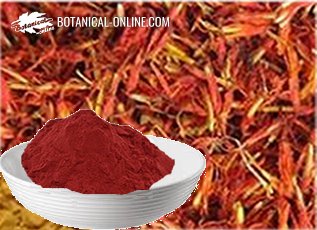
- Safflower flowers have been used since ancient times as a tinctoria plant ( used for dyeing or staining), due to their content in carthamin (red pigment). They dyed wool and cotton garments, being a plant of great commercial interest. In China it was used to dye silk garments. The dye of its flowers can be obtained by immersing the flowers in water or alcohol.
- These flowers also had cosmetic interest. For example, they were the coloring ingredient of “whiting”, a cosmetic product based on talcum powder and safflower flower, used to color the cheeks.
- Dried flowers have been used as a substitute for saffron, and is a common ingredient in crocuses that have been adulterated.
- The flowers of the safflower attract bees a lot, so it is considered a honey plant
Other uses of other parts of safflower
- Safflower seeds: Safflower was, for centuries, an exclusively colouring plant. Years after it was practically not longer used as a dye for clothes, the fruit of it was discovered as a substrate for making safflower oil. Safflower seeds are also consumed in sprouts, and for bird feeding.
- Safflower leaves: They have medicinal properties such as nematicide and antifungal, have a laxative effect and help lower cholesterol. Safflower leaves are often used in some medicinal preparations, mainly because their antiseptic and laxative properties. The leaves also have red pigments that are used to dye food and formerly clothes.
- Safflower oil: it is a very distinguished oil due to its high content of unsaturated fatty acids.
What is the main use of safflower today?
Its most popular use nowadays may be as food oil, used for dressing or in the manufacture of margarine; although it also has non-food uses, as a component of paints and varnishes, and substrate to produce biodiesel.
Safflower composition
- Carbohydrates
- Fats
- Proteins (12-15%)
- Mucilage, type of soluble fiber with emollient and mild laxative effect.
- Ubiquinone
- Minerals: potassium, magnesium, phosphorus, iron, sodium, selenium, zinc
- Trace elements: manganese, chrome, cobalt, copper, aluminum, arsenic, tin
- Pigments (in the flower): carthamin (red pigment), carthamone, neocarthamin, isocarthamin. Safflower pigments are found in the stigmas of the flower.
- Indole alkaloid: serotobenine.
- Phytoestrogens: lignans of the matairesinol type
- Aliphatic hydrocarbon: safinol
- Terpenes: verbenone (insecticide), cedrene, copaene
- Monoterpenes:Phellandrene (antiseptic), limonene (antiseptic, antioxidant, nematicide), p-cymene, alpha-gurjunene.
- Sesquiterpenes: Caryophyllene (analgesic, anti-inflammatory, analgesic), humulene (antiseptic), cadinene (antiseptic), germacrene, aromadendrene.
![]() More information on safflower
More information on safflower



